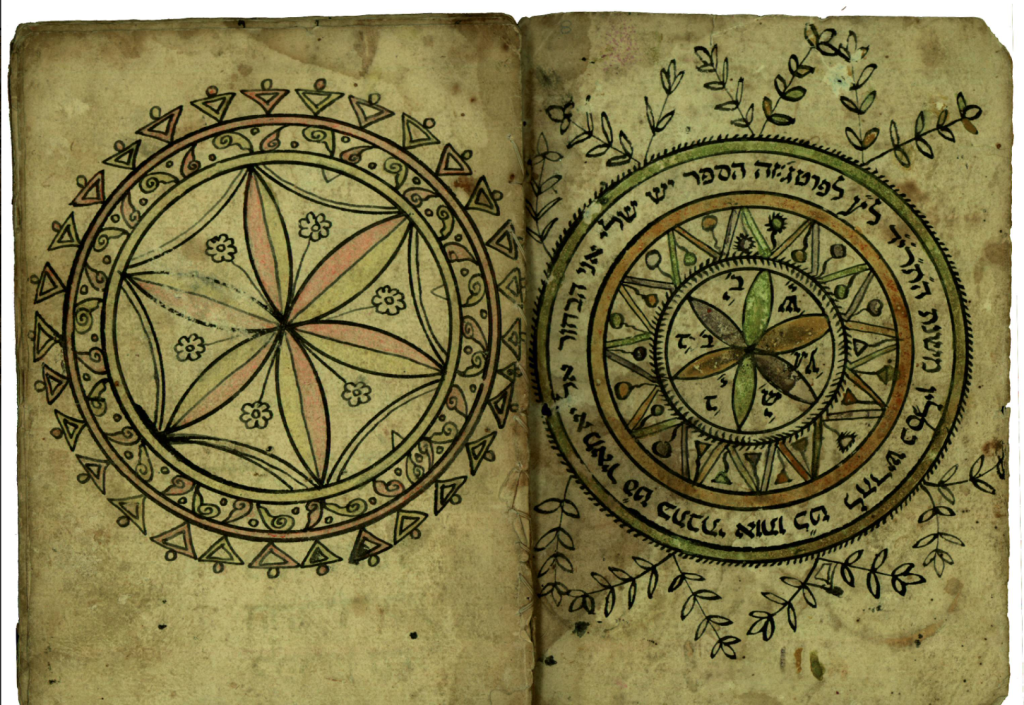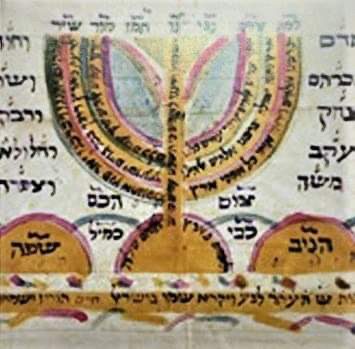Romaniote Jews played a significant role in every field of the arts in Ioannina and in the rest of Greece, too. The Romaniote Jews of the city contributed to its theatrical productions, and since drama is inalienable from Jewish tradition and is an important feature of religious festivals, their plays were mostly inspired by religious themes. So plays written for Purim told the story of Esther in Judeo-Greek and attracted great interest because of the imaginative costumes that the actors wore.
Myths, fairy tales, folk stories and proverbs of the Romaniote Jews of Ioannina brought together local tradition and features of Jewish mythology and theology. The Greek-Jewish literary output of the 20th century was peppered with interesting authors of poetry and prose, the most prominent among them being Joseph Eligia of Ioannina. Yosif Matsas, the indefatigable historian who conducted research into Romaniote Jewish history and customs, stood out in the more scientific field. In the wake of the Shoah many of its survivors had been so affected by the harsh experience of mass annihilation that they gradually began to put their trauma into words and published autobiographies. Eftyhia Nachman from Ioannina stands out among them, as does Mihail Matsas, also from Ioannina but now living in the USA.

Source of the photograph: The Jewish Museum of Greece, https://www.jewishmuseum.gr
The influence of the folk music of Epirus as it evolved under the Ottoman Empire is recognisable in Romaniote music, which uses the same instruments, be they violins, lutes, clarinets or tambourines, and has the same rhythmic patterns and melodic phrases. It is a noteworthy point that the musicians who played the instruments at Romaniote celebrations were often Christians. Romaniote hymns had a strongly Byzantine ring to them and the Jewish folk songs of Ioannina bring those of the Christian population to mind. The typical form that of the stihoplakia, a type of urban music, was the fifteen-syllabic rhyming couplet with regular rhythm. The subject matter was mainly moral-religious, but there were also narrative songs in praise of nature and love. The songs were written in Greek using Hebrew characters, and some were mixed songs, with Greek and Hebrew lines alternating.
Romaniote Jews observed the religious prohibition of the representation of the human form. In their folk art, embroidery, gold and silverware the prominent motifs are geometric forms and sacred religious symbols. In the rare cases where the human form is depicted, as in a Megillah from Ioannina which tells the story of Esther, Christian influence is apparent. In post war times, art became more liberated in form and works of art often now capture the tragic experience of the Genocide, while the memory, the loss and the unbreakable ties with the land of Israel and its history are the dominant themes. Artemis Alcalay is one of our contemporary Jewish artists working in Greece, whose family come from Ioannina.
Source of texts and photos: The Jewish Museum of Greece, https://www.jewishmuseum.gr
